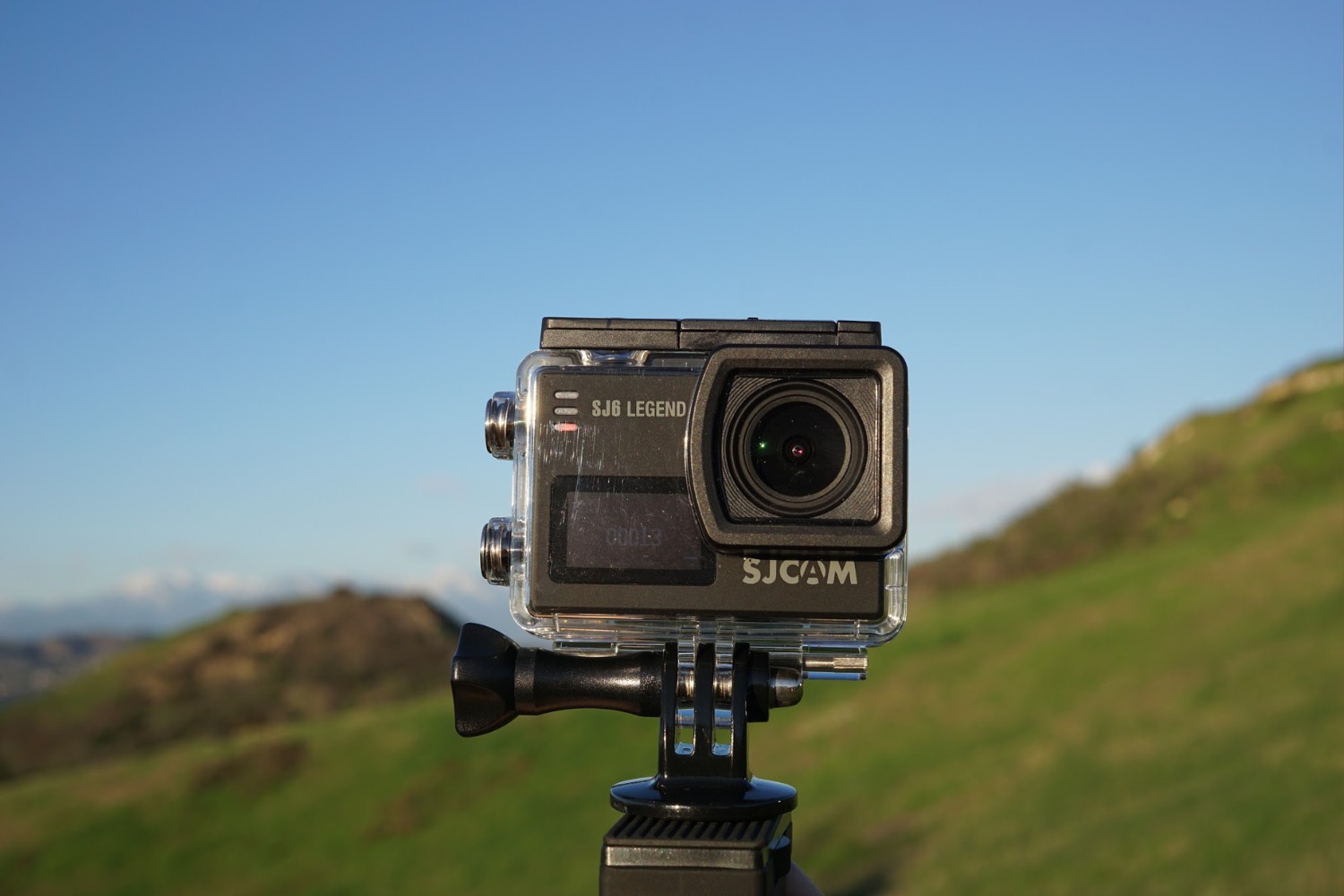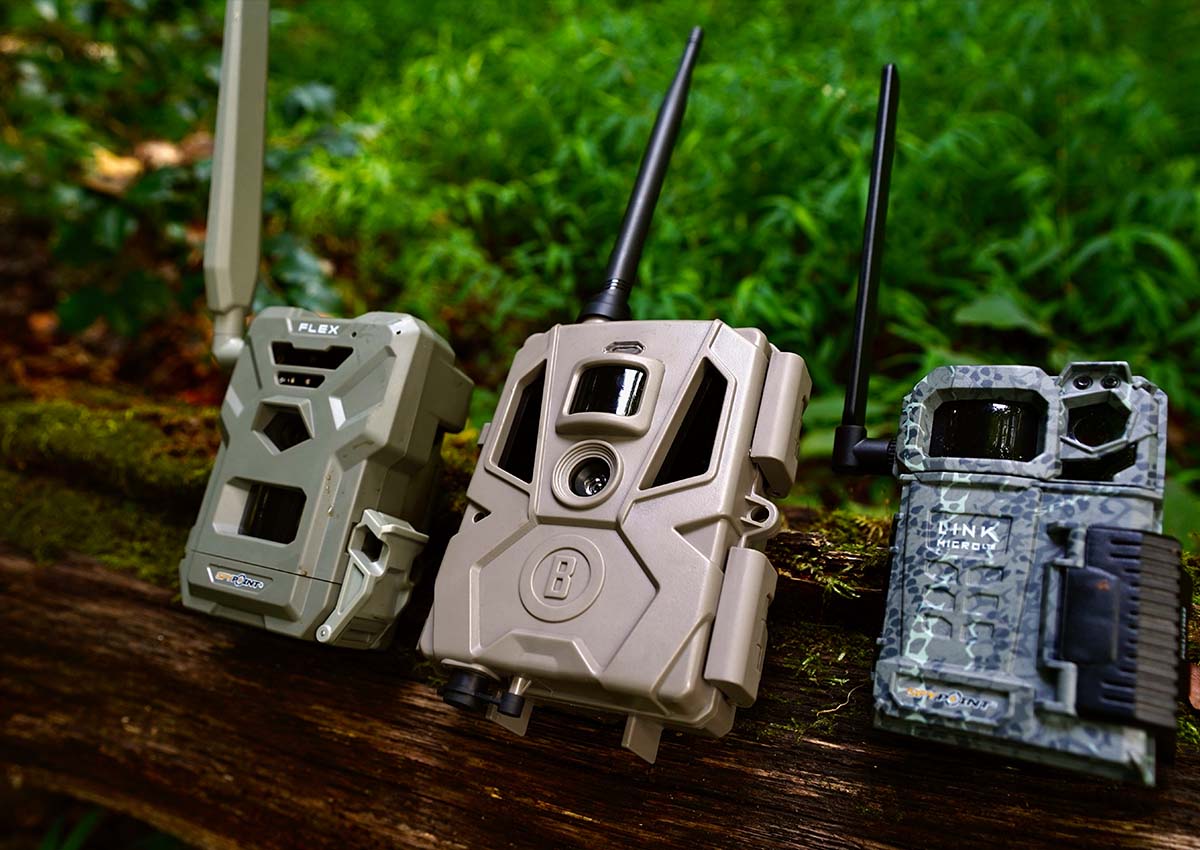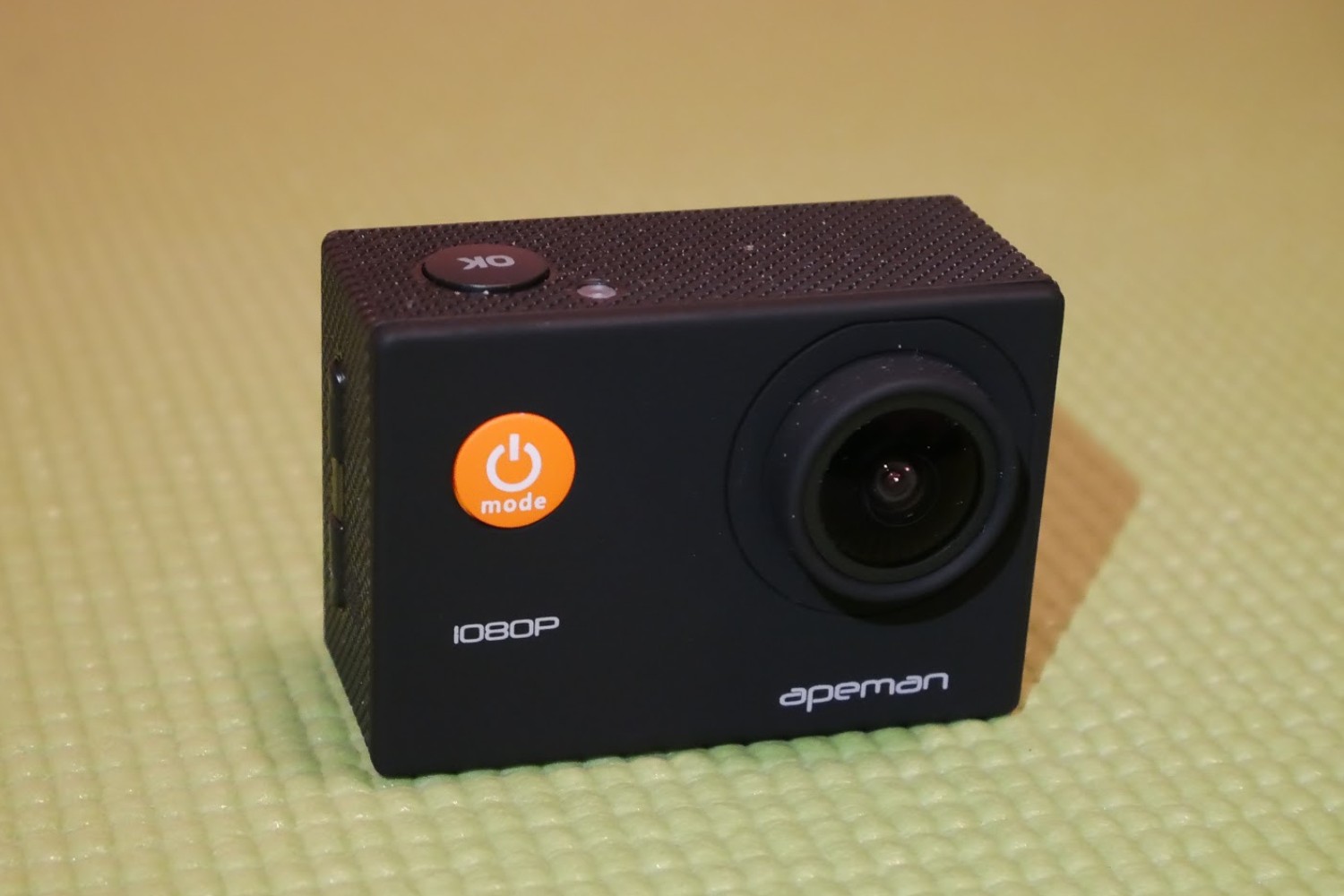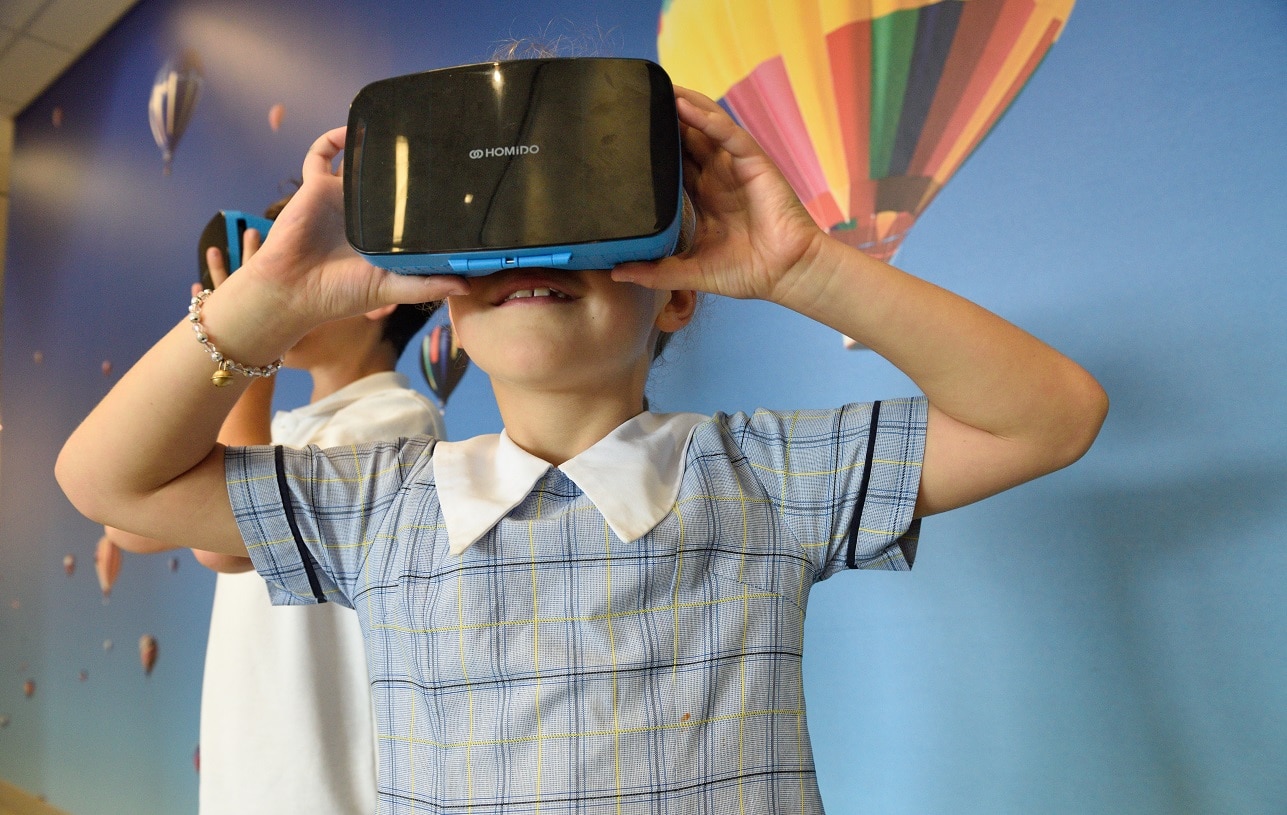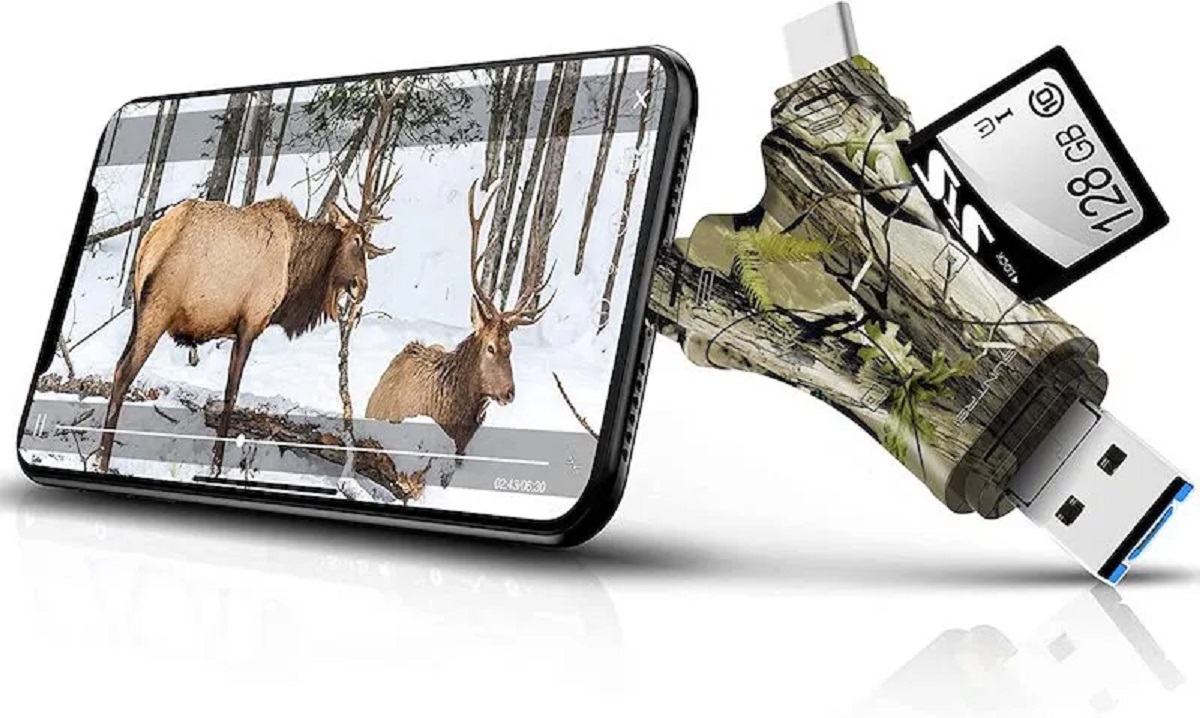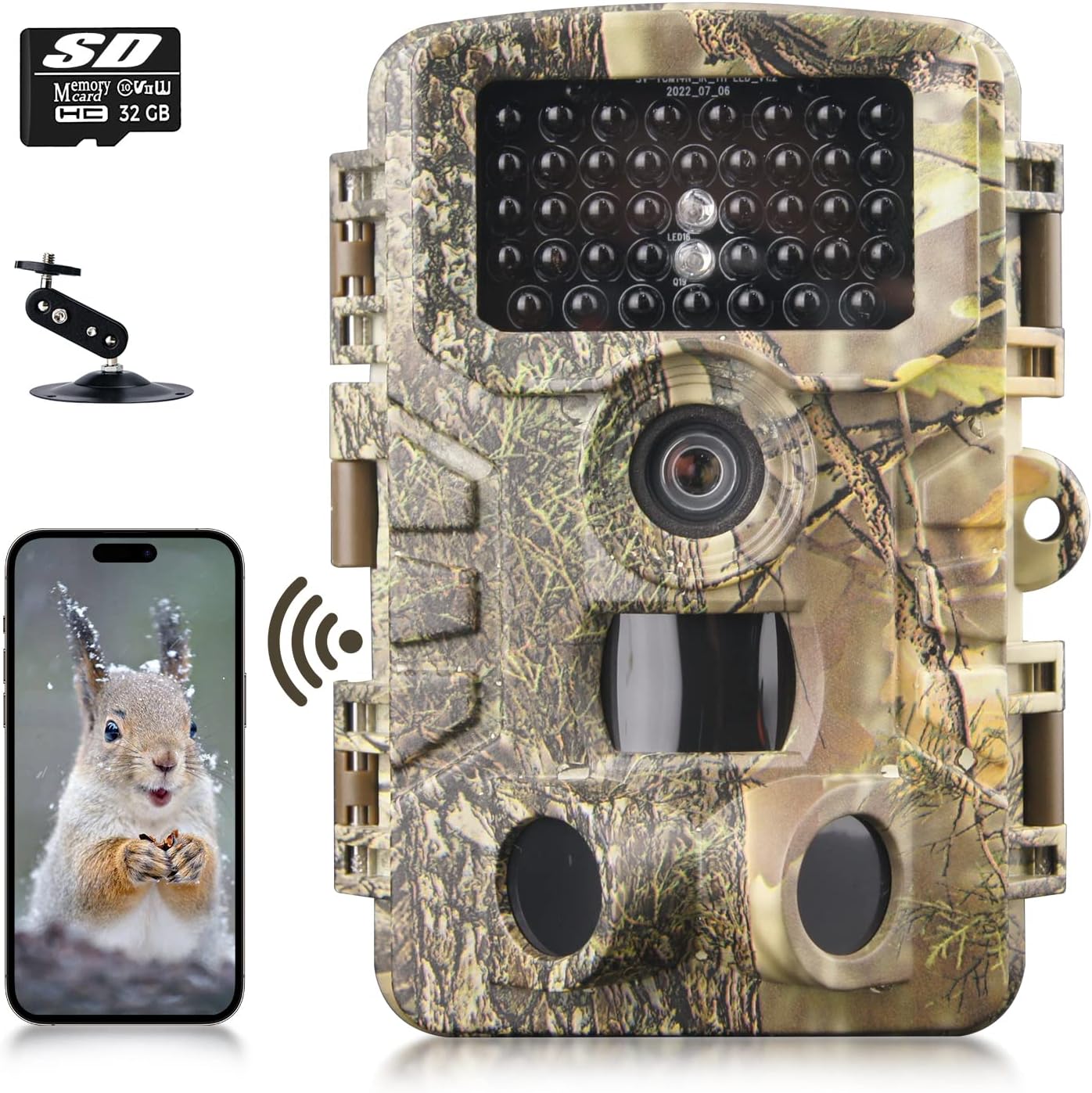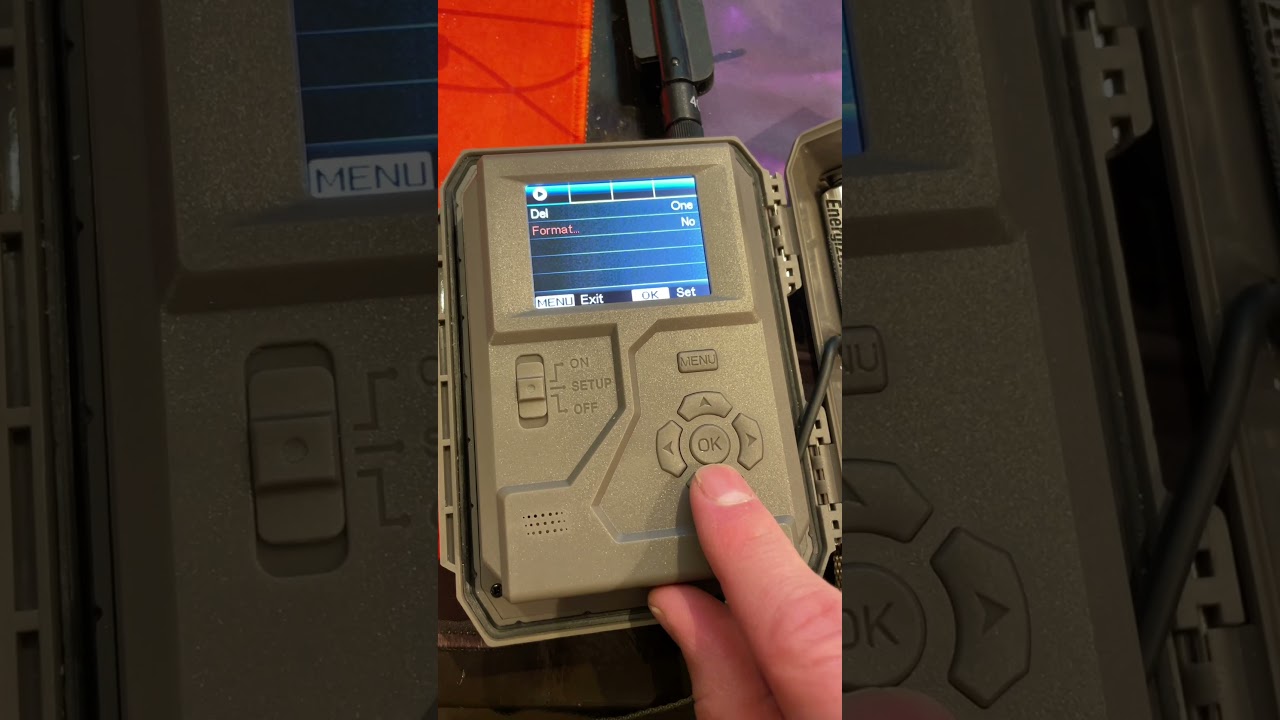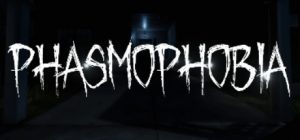Introduction
Hunting is an exhilarating and adventurous activity that allows enthusiasts to immerse themselves in the great outdoors. Capturing these thrilling moments on camera can provide lasting memories and invaluable insights into the hunting experience. With the advancements in technology, action cameras have become essential tools for hunters, enabling them to document their expeditions with stunning clarity and precision.
Whether you are a seasoned hunter or a novice embarking on your first hunting trip, utilizing an action camera can add a new dimension to your outdoor pursuits. These compact and rugged devices are designed to withstand the rigors of hunting, offering high-definition video recording, durable construction, and versatile mounting options. From capturing the adrenaline-pumping moments of a successful hunt to documenting the breathtaking landscapes and wildlife encounters, an action camera serves as a valuable companion for every hunting enthusiast.
In this comprehensive guide, we will delve into the intricacies of using an action camera for hunting, covering everything from selecting the right camera model to mounting techniques, camera settings, and post-hunt footage review. By following these expert insights and tips, you can elevate your hunting experiences and create compelling visual narratives that encapsulate the essence of the hunt.
Join us as we explore the world of action cameras and discover how these innovative devices can revolutionize the way you document and relive your hunting adventures. Whether you're aiming to capture the thrill of the chase, the beauty of nature, or the camaraderie of the hunt, an action camera is a powerful tool that can preserve your most memorable moments in stunning detail. Let's embark on this journey together and unlock the full potential of action cameras for hunting.
Choosing the Right Action Camera for Hunting
When selecting an action camera for hunting, it’s essential to consider a range of factors to ensure that it meets the specific requirements of your hunting expeditions. With numerous models available on the market, each boasting distinct features and capabilities, making an informed choice is crucial for capturing high-quality footage in diverse hunting scenarios.
First and foremost, durability and ruggedness are paramount attributes to look for in an action camera. Hunting often involves traversing challenging terrains and encountering unpredictable weather conditions, so the chosen camera should be resilient enough to withstand these elements. Opt for a camera that is waterproof, shockproof, and designed to endure the demands of outdoor environments without compromising on performance.
Another crucial consideration is the camera’s video quality and resolution. For hunting applications, a camera capable of recording in at least 1080p full HD or higher is recommended to capture sharp, detailed footage, especially when documenting fast-paced hunting action or distant wildlife encounters. Additionally, features such as image stabilization and low-light performance can significantly enhance the camera’s suitability for hunting, ensuring steady, clear footage in various lighting conditions.
Furthermore, battery life and storage capacity are vital factors to evaluate when choosing an action camera for hunting. Extended battery life is essential for prolonged hunting trips, allowing you to record without interruptions, while ample storage capacity enables the capture of extensive footage without the need for frequent file transfers or memory card changes. Look for cameras with long-lasting, rechargeable batteries and support for large-capacity memory cards to accommodate extended recording sessions.
Mounting versatility is also a key aspect to consider, as hunters often require hands-free operation and flexible mounting options to capture dynamic perspectives. Whether it’s helmet mounts, chest harnesses, or rifle mounts, the chosen camera should offer compatibility with a variety of mounting accessories to adapt to different hunting scenarios and capture immersive, point-of-view footage.
By carefully evaluating these factors and researching the available options, hunters can select an action camera that aligns with their specific needs and preferences, empowering them to document their hunting expeditions with unparalleled clarity and cinematic flair.
Mounting the Action Camera on Your Gear
Mounting an action camera on your hunting gear is a strategic and essential aspect of capturing compelling footage that encapsulates the thrill of the hunt. The versatility of action cameras allows for creative and practical mounting options, enabling hunters to document their experiences from unique perspectives while maintaining a hands-free approach. Whether you prefer a first-person viewpoint or a wide-angle vantage, choosing the right mounting technique is crucial for achieving captivating and immersive footage.
One of the most popular mounting options for hunters is the chest harness, which securely fastens the action camera to the hunter’s chest, providing a stable and dynamic viewpoint that follows the hunter’s movements. This mounting position offers a natural and unobstructed perspective, ideal for capturing the excitement of the hunt while keeping both hands free for aiming, tracking, and other essential activities. Additionally, the chest-mounted camera angle provides a genuine portrayal of the hunter’s line of sight, delivering an authentic and engaging visual narrative.
For hunters who prefer a more personalized viewpoint, helmet mounts offer a compelling perspective by attaching the action camera to the hunter’s headgear. This mounting option provides a true first-person viewpoint, immersing viewers in the hunter’s perspective and delivering a sense of immediacy and excitement. Helmet mounts are particularly effective for capturing precise aiming and target acquisition, offering a direct line of sight that enhances the viewer’s connection to the hunting experience.
Rifle mounts are another popular choice for hunters seeking to document their hunts from the vantage point of their firearm. By attaching the action camera to the rifle or crossbow, hunters can capture the anticipation, precision, and adrenaline of aiming and firing, providing a unique and intense perspective that highlights the intricacies of the hunting process. This mounting position offers a close-up view of the action, emphasizing the skill and focus required for a successful hunt.
Ultimately, the choice of mounting technique depends on the hunter’s preferences, the type of hunting activity, and the desired visual storytelling approach. Experimenting with different mounting options and angles can lead to the discovery of innovative and captivating ways to document hunting expeditions, allowing hunters to craft visually stunning narratives that showcase the essence of the hunt.
Setting Up the Camera for Hunting
Preparing and configuring your action camera for hunting requires careful consideration of various settings and features to ensure optimal performance and the capture of compelling footage. By fine-tuning the camera’s settings and functionalities, hunters can maximize the potential for documenting their hunting experiences with clarity, precision, and visual impact.
First and foremost, familiarize yourself with the camera’s video resolution and frame rate options. For hunting applications, selecting a high-definition resolution, such as 1080p or 4K, and a suitable frame rate is essential for capturing smooth, detailed footage of fast-paced hunting action and wildlife encounters. Additionally, adjusting the field of view (FOV) settings can provide flexibility in capturing expansive landscapes or close-up, focused shots, depending on the hunting scenario.
Optimizing the camera’s exposure and white balance settings is crucial for adapting to varying lighting conditions encountered during hunting expeditions. By adjusting the exposure compensation and white balance settings, hunters can maintain accurate color reproduction and clarity in different environments, whether it’s the dim light of dawn or the harsh glare of midday sunlight. Ensuring proper exposure and color balance enhances the overall visual quality of the footage, preserving the authenticity of the hunting experience.
Furthermore, enabling image stabilization features can significantly improve the smoothness and steadiness of the captured footage, especially when navigating rugged terrains or engaging in dynamic movements during the hunt. Image stabilization reduces unwanted camera shake and ensures that the resulting footage is visually coherent and free from distracting motion artifacts, enhancing the overall viewing experience.
Adjusting the camera’s audio settings, such as wind noise reduction and microphone sensitivity, can enhance the audio quality of the captured footage, capturing ambient sounds and vocal interactions with clarity and precision. Effective audio recording adds depth and immersion to the footage, allowing viewers to experience the nuances of the hunting environment and the thrill of the hunt.
By customizing and optimizing these key settings, hunters can prepare their action cameras to deliver stunning, immersive footage that authentically portrays the excitement, challenges, and raw beauty of the hunting experience. With careful attention to detail and a thorough understanding of the camera’s capabilities, hunters can elevate their storytelling and create captivating visual narratives that resonate with audiences.
Tips for Using the Action Camera in the Field
When utilizing an action camera in the field for hunting, implementing strategic techniques and best practices can significantly enhance the quality and impact of the captured footage. By incorporating these tips into your filming approach, you can elevate the storytelling potential of your hunting expeditions and create visually compelling narratives that encapsulate the essence of the hunt.
- Strategic Camera Placement: Experiment with different mounting positions to capture diverse perspectives, such as attaching the camera to your chest harness for a dynamic viewpoint or utilizing a helmet mount for a first-person perspective. Varying the camera’s placement can add depth and visual interest to your footage, providing a multifaceted portrayal of the hunting experience.
- Pre-Hunt Camera Check: Before embarking on your hunting excursion, ensure that your action camera is fully charged, and the memory card has sufficient space to accommodate extended recording. Conduct a quick test to verify that the camera is functioning correctly and that the settings are optimized for the anticipated hunting conditions.
- Steady Movement and Tracking: When recording during the hunt, maintain steady movements and smooth tracking to capture clear and coherent footage. Avoid abrupt camera motions and strive to anticipate the action, ensuring that the resulting footage is visually engaging and free from unnecessary distractions.
- Utilize Slow-Motion and Time-Lapse: Experiment with the camera’s slow-motion and time-lapse capabilities to add visual variety and dramatic impact to your footage. Slow-motion can accentuate the intensity of critical moments, while time-lapse can showcase the passage of time and the evolving dynamics of the hunting environment.
- Capture Environmental Details: In addition to focusing on the hunting action, take the opportunity to capture the natural beauty of the surroundings, including scenic landscapes, wildlife habitats, and atmospheric elements. These environmental details enrich the visual narrative, providing context and depth to the hunting footage.
- Engage in Post-Hunt Reflection: After the hunt, take the time to review and reflect on the captured footage, identifying standout moments, compelling visuals, and opportunities for storytelling. This post-hunt review process can inspire creative editing and narrative structuring, enhancing the overall impact of the footage.
By integrating these tips into your approach to using an action camera in the field, you can harness the full potential of the device to document your hunting experiences with artistry, authenticity, and visual splendor. Embrace the creative possibilities offered by action cameras and craft captivating visual narratives that resonate with audiences, immersing them in the exhilarating world of hunting.
Reviewing and Editing Your Hunting Footage
Once you’ve captured compelling footage of your hunting expeditions with an action camera, the process of reviewing and editing the footage is essential for transforming raw recordings into captivating visual narratives that encapsulate the thrill and beauty of the hunt. By employing thoughtful editing techniques and leveraging the inherent storytelling potential of the footage, hunters can craft immersive and impactful videos that resonate with audiences and preserve the essence of their hunting experiences.
Begin the post-production process by organizing and reviewing the captured footage, identifying standout moments, compelling visuals, and sequences that encapsulate the essence of the hunt. Pay attention to details such as framing, composition, and the progression of the narrative, noting segments that convey the excitement, challenges, and natural splendor of the hunting environment.
When editing the footage, strive to create a cohesive and engaging storyline that captures the progression of the hunt, from preparation and anticipation to the culmination of the action. Incorporate a mix of wide-angle shots, close-ups, and dynamic perspectives to provide visual variety and immerse viewers in the hunting experience, evoking a sense of excitement and connection to the natural world.
Utilize editing techniques such as slow-motion effects to accentuate critical moments, enhance the intensity of the action, and underscore the skill and precision required for a successful hunt. Additionally, consider integrating ambient sounds, wildlife calls, and subtle audio cues to enrich the audiovisual experience, transporting viewers into the heart of the hunting environment.
Pay attention to pacing and rhythm during the editing process, ensuring that the video flows seamlessly, maintaining a balance between action-packed sequences and contemplative moments that showcase the beauty and serenity of the natural surroundings. By carefully structuring the narrative arc of the footage, hunters can evoke a range of emotions and immerse viewers in the multifaceted aspects of the hunting experience.
Finally, consider the impact of the edited footage on the audience, aiming to evoke a sense of awe, excitement, and appreciation for the art of hunting and the splendor of the natural world. Embrace the creative potential of video editing to craft visually stunning narratives that transcend mere documentation, offering a window into the captivating world of hunting and the profound connections forged in the great outdoors.







